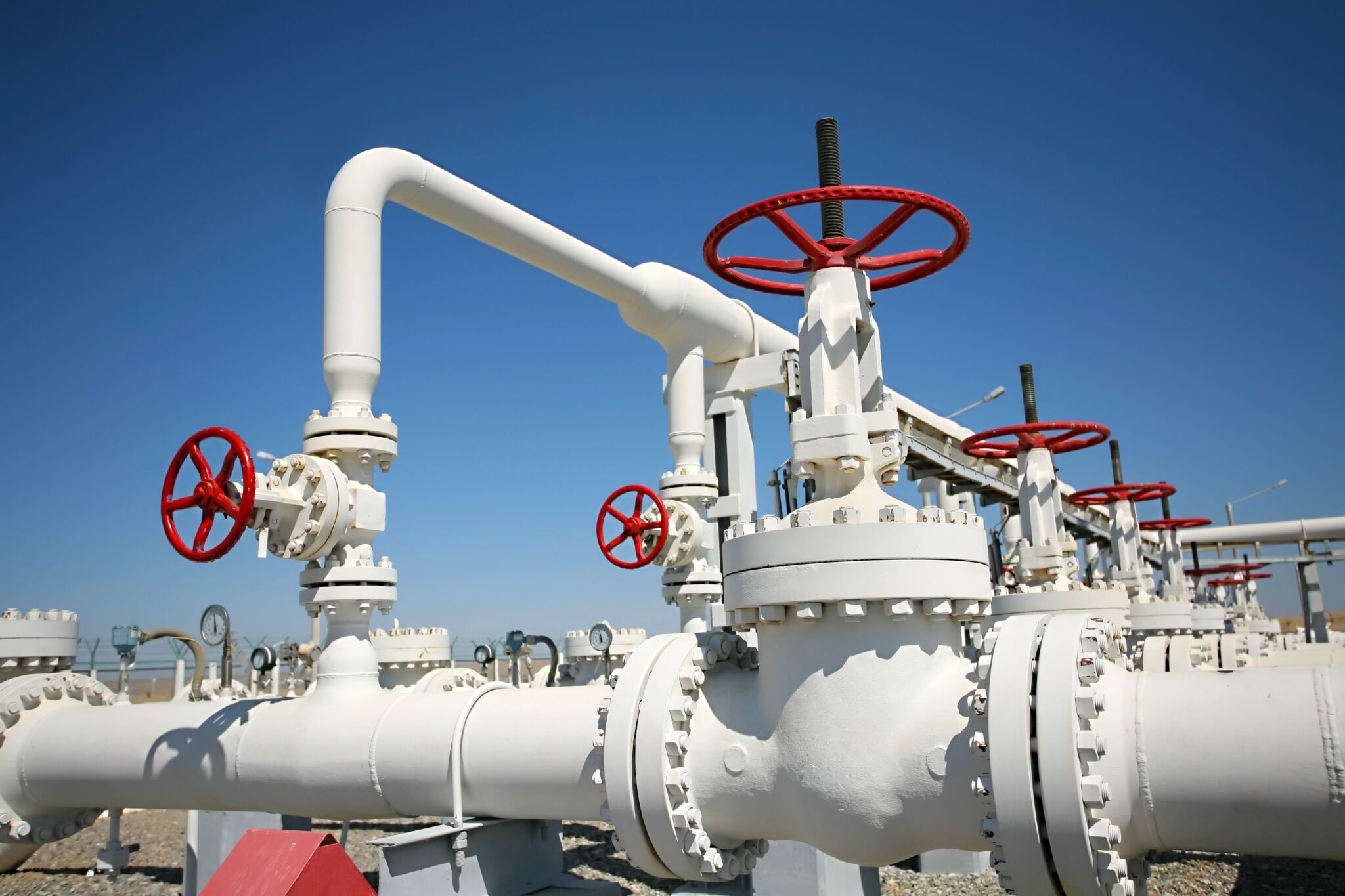
When somebody is trapped in a confined space, time is of the essence to enact a safe and well planned rescue mission. This type of emergency response situation requires a combination of specialized skills, the right equipment and excellent communication to ensure the safety of the rescuers as well as the personnel trapped within the confined space.
Why confined spaces in Canada pose a challenge to rescuers
Confined spaces in Canada and around the world are, by their very nature, hazardous. They are not intended for continuous human occupation, may be poorly ventilated, access and egress can be challenging, and there is an often-present risk of encountering toxic gasses or flooding.
Why communication matters
When working in challenging circumstances, a team effort is required to ensure the safety of the first responders as well as those who are trapped. Effective communication is essential to coordinate the rescue effort, maintain situational awareness and request additional support should it be required.
Traditionally, rescue teams have relied on two way radios and even hand signals to communicate; however, when in a confined space, these methods are often unsuccessful as thick or metal-lined walls within the confined space block radio signals and hand signals can be easily obstructed or misinterpreted.
Advanced communication technologies for the future
A number of new communication technologies are being trialled by rescue teams across Canada, including wireless mesh networks, which consist of small, interconnected nodes that are strategically placed within a confined space to extend the communication range of two way radios, ensuring that radio signals can penetrate obstacles and be reached by all team members.
Other developments are body-worn sensors, which transmit real-time data to team leaders stationed outside of the confined space, reporting on the health and safety of the personnel deployed within the space. This technology allows personnel outside of the space to continually assess the mission, to respond quickly to emergencies and to minimize exposure to hazardous conditions.
In situations where it is deemed unsafe for a rescue team to enter a confined space, remote-controlled robots fitted with cameras and sensors can be very effectively deployed, navigating the space with ease and assessing the conditions within the space in order that practical rescue plans can be put in place.
The benefits of advanced communication technologies
With over 100 deaths a year occurring within confined spaces in Canada, it is essential that every effort is taken to reduce this statistic. Advanced communication technologies such as those described above create a safer working environment, allow for better situational analysis and for tailored rescue plans to be developed, improving safety for those trapped as well as the rescue teams that are sent in to retrieve them.
In conclusion, advanced communication tools are transforming confined space rescue operations, making them safer and more effective. They allow real-time data to be gathered and shared with experts where necessary. They can be used to support training exercises and post-incident analysis as well as to continually improve the rescue service.
As technology continues to evolve, we hope that it brings with it further innovations that can improve the safety of those working within and rescuing people from confined spaces.